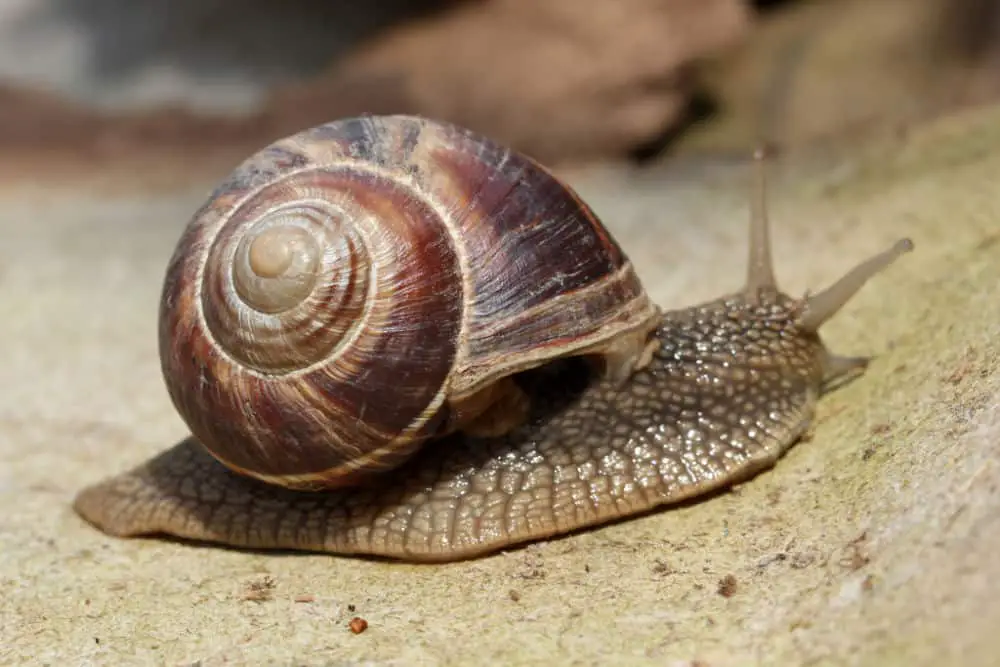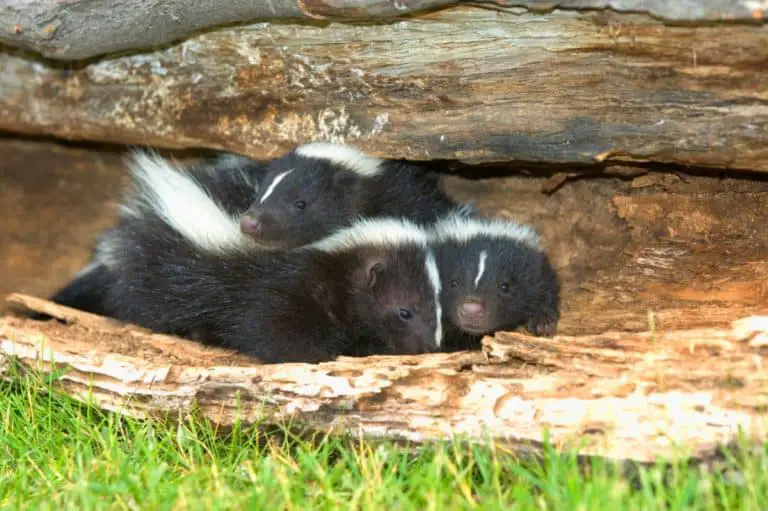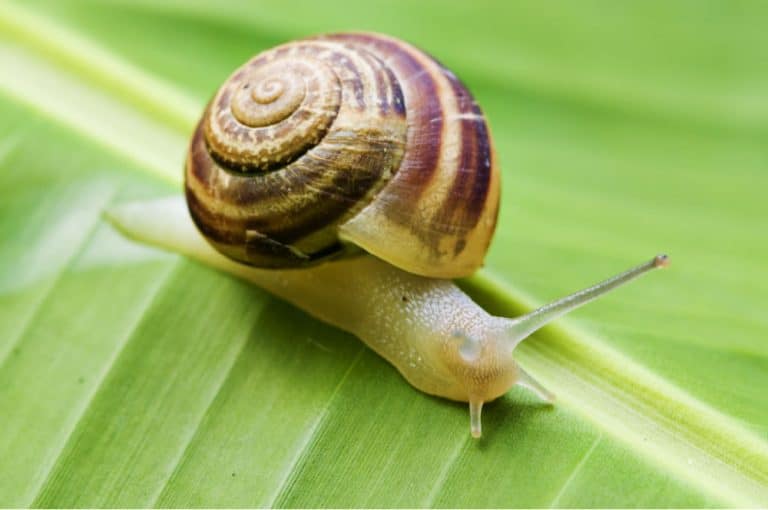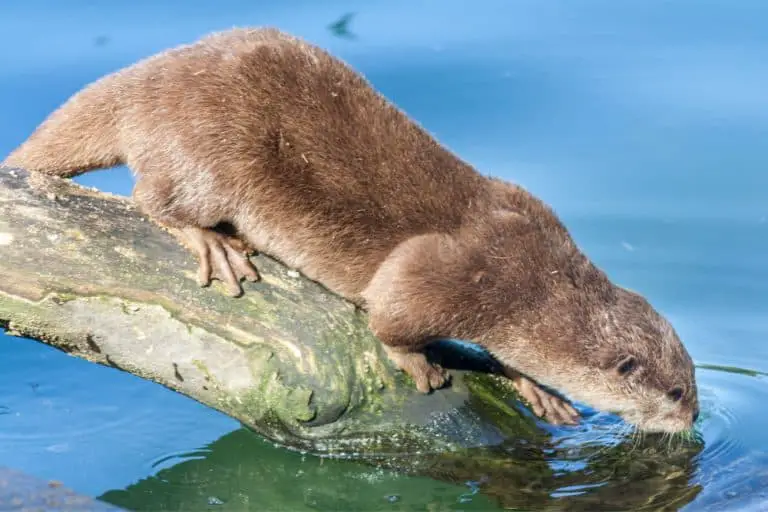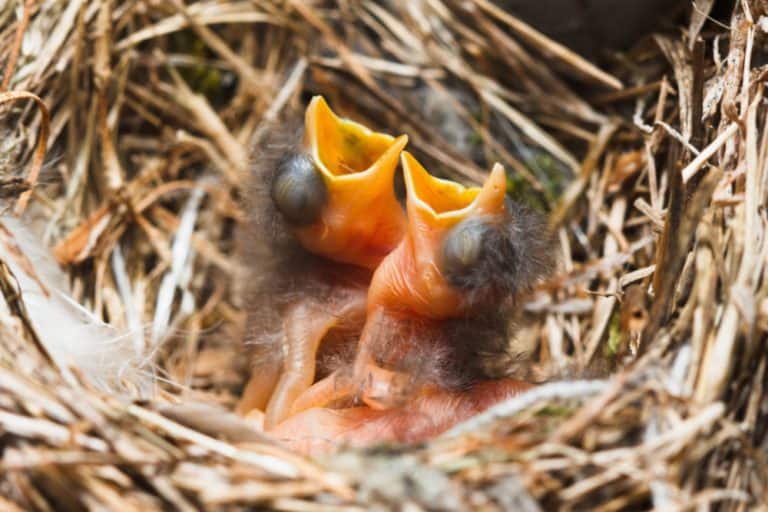7 Best Soil Types for Pet Snails
Snails are friendly, easy, and relatively low maintenance. They enjoy a moist environment and each other’s company. If you take proper care of them by providing a comfortable home, they live for years, and that includes the soil type most suitable for them.
The best type of soil for pet snails should be able to partially retain and drain water. It should also be good for burrowing, non-acidic, and reusable. Pets attract pests, so it’s important that the type of soil you use doesn’t support pest life. Most importantly, the soil must be eco-friendly.
In this guide, we have provided you with detailed information about different soil types and why they’re suitable for your pet snails.
Loam
Loam is composed of silt, clay, and sand, with a 40% concentration, 20%, and 40%, respectively. Soil is the primary habitat of land snails. This is because it contains a lot of calcium needed to develop snail shells. The sandy-loamy is the best for snail farming since it’s not acidic, dry, or water-logged.
Loam’s composition of sand, clay, and silt plays a vital role in the snail’s life. To start with is the sandy soil. These soils are gritty and light to touch. Due to large particles, they dry out quickly and often low in nutrients. However, you can improve this type of soil by incorporating carbon-rich fertilizer and compost. Snails cannot survive in loose soil since sand cannot hold enough water for snails to hatch eggs.
Silty soils are more fertile compared to sandy soils. More so, they have a greater tendency to form a crust. Silty soils feel floury to touch when dry and can form balls quickly when wet. They have relatively better water and nutrients holding capacity than sandy soils.
Clay soils are the heaviest and hardest to work with. When dry, they become hard and crackly, making it hard for snails to burrow in the soil. Despite the dryness, clay soils prevent plant roots from breaking or bending.
But unlike silty and sandy soils, clay soils are loaded with nutrients. Clay soil is hard and heavy for snails to dig, burrow and lay eggs. When clay soil is wet, it becomes heavy, which may lead to eggs and snails dying.
However, you cannot work with these soils separately to rear snail pets. That’s why you need a combination of all these to have super soil type for rearing the quietest animals on the land.
According to the United States Department of Agriculture, loam soils are the only soils that predominantly don’t comprise one type of soil. These make them great at growing crops and vegetation ideal for feeding on the snails.
Loamy soil contains more humus and holds more nutrients and moisture. Snails need nutrients to allow the shells to develop and become stronger.
You might not be sure about the soil in your garden and nutrient concentration. For this, you need a professional to advise you on how to boost your loamy soil. Alternatively, you can buy sterilized and screened soils for your snails. This is to ensure it’s free of pests. The alkalinity in the soil is suitable for snails since it will provide more calcium. When buying loamy soil, ensure it has low sand concentration.
More so, ensure the soil feels light and crumbly. It should drain well and retain moisture.
Humus
Humus is the result of organic creatures and inorganic conversions. Humus formation can be due to the integration of minerals and organic substances. Only 4-12 inches of humus contains soil on the upper crust of the earth. This thin layer provides nutrition to all creatures that depend on it, including snails.
When plants drop twigs and leaves on the ground, they pile up. When animals and insects die, their remains add up to the leaf litter and decompose with time, meaning it decays and breaks down into chemical elements. These elements provide essential nutrients for organisms and crops.
Snails will highly benefit from the thick black or brown substance. The minerals help in making the shells strong. Plants and vegetation for feeding snails will also grow healthy and fast to ensure your pets are well fed. You can use other great organic matters such as compost and manure.
Humus contains several useful nutrients, such as nitrogen. This element is key for most plants. Some researchers believe that humus makes the soil more fertile by adding essential nutrients. Others say it helps prevent diseases in food crops and plants.
Loamy-Humus Soil
As we have seen earlier, loam soil is fertile and suitable for snails. Although it requires no particular procedure to boost its quality, adding humus will boost the aeration and water holding capacity.
If you have a garden and crops tend to do well, snails can do well. However, having loam soil doesn’t mean you mix clay or sandy soil. If you do, you’ll end up with a cement-like soil with high alkalinity, making it hard to dig. Eventually, your pet snails will find it hard to burrow and lay eggs.
You can buy humus to boost the composition and fertility of loam soil. This can be in bulk or small bags. Alternatively, amend it with organic matter, including dried grass or leaves, shredded tree bark, or garden compost. Composted goat, cow, sheep, chicken, and horse manure are also great alternatives.
So, how can you boost the loam soil to rear the healthiest snails? Here are some tips:
- During the late fall, apply a 2-inch layer of humus on the garden surfaces. This is after the harvest is after, and the plants have died. Ensure you wet the garden thoroughly until humus is well saturated. During spring, turn the soil with a shovel to a depth of about 8-inches. Repeat the process until you achieve fine soil.
- Vegetable plants and annual flowers die in the fall. Lay them on the soil and wet them thoroughly to make them decompose
- More so, you can mulch around crops during summer with dry grass clippings or leaves. This will keep the soil moist and cool even under the hot weather.
These tips will lead to a fertile and crumble soil to rare your snails. Digging and burrowing will be easy. Snails will find comfortable grounds to lay eggs, and young snails will get hatched in a cool and comfortable ground.
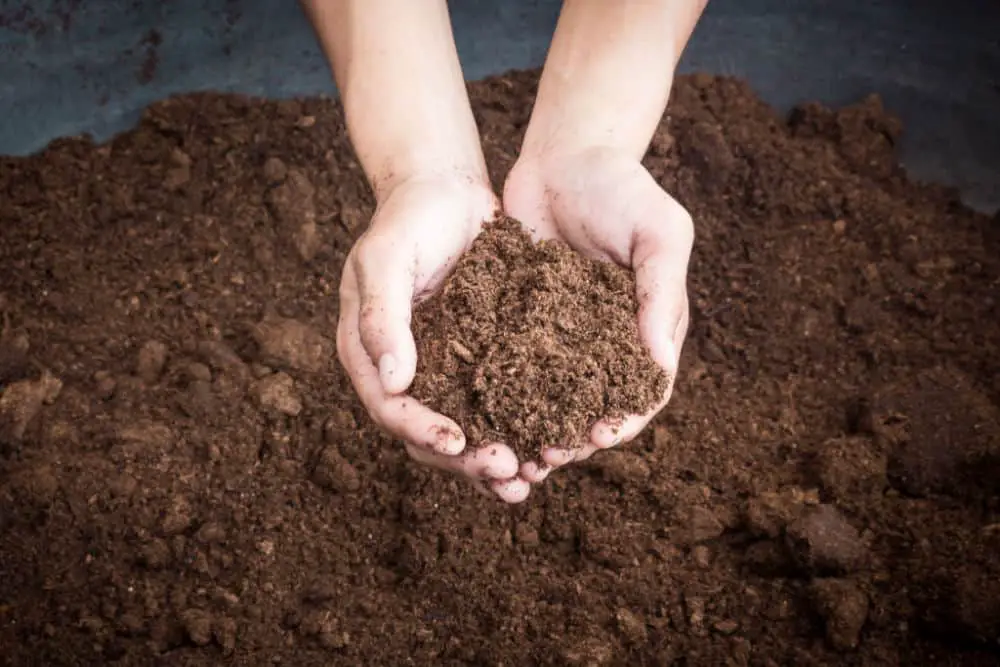
Peat Soils
Peat is suitable for snails. Peat is formed from moderately decomposed plant material. The peatlands cover about 3% of the landmass, mostly in temperate regions like America and Northern Europe. They are also found in tropical areas like South America, the Caribbean, South East Asia, and South Africa.
Peat soil is high in organic content, with its formation being influenced by temperature and moisture. This soil is ideal for burrowing and laying eggs. It holds moisture pretty well and relatively easy to work with, even though it has a rough texture.
When buying peat, it comes at a competitive price, making it suitable for people who want to rear snails at a tight budget. It’s also reusable.
However, peat soil harbors high carbon content, making it the best in fighting high levels of carbon on air. Hence, ensure you get this soil from garden centers since it’s fetched from managed areas. Importantly, avoid Sedge peat since it has high salt content and can injure your pet snails.
You should note that peat is slightly acidic, which might cause scarring of the snail shells.
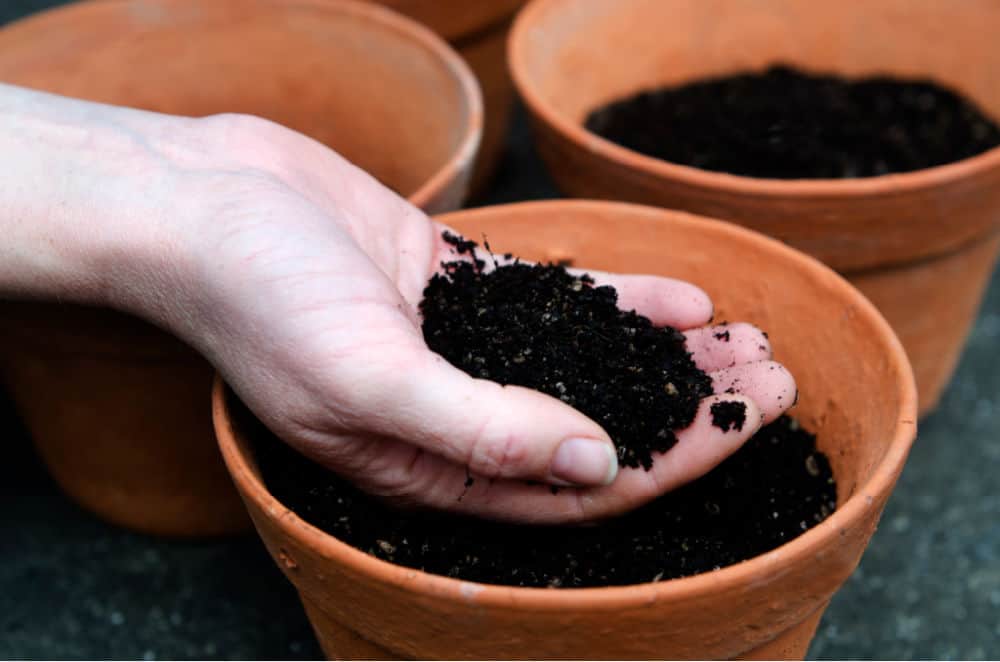
Potting Soil
This is another excellent substrate for snails. Potting soil, also known as potting mix, is a blend of materials such as coir, bark, sphagnum, perlite, and moss. The potting mix is sterile to make it safer for potted plants, and it’s also free from fungus, making it ideal for snails.
The potting mix has desirable physical properties such as wood chips, which is suitable for snails. More so, the soil does not contain high levels of salts, which might harm the snails and eggs. Potting soil is free from toxic chemicals such as boric acid, copper chrome arsenate, phenols, or heavy metals.
Potting mix is characterized by:
- Excellent air aeration
- Medium weight to enable snails burrow easily
- Readily available at a competitive price
- Free of pests and it can get sterilized without emitting harmful by-products
- The suitable pH is satisfactory for snails
Components of Potting Soil
Potting soil is lightweight and easy to work. It contains different mixes to make various soil compositions. These mix recipes include:
Peat
Peat is a major component of potting soil. Peats are graded based on their particle size and the state of decomposition. It falls into three major categories: peat humus, light peat or sphagnum, and sedge/reed peat.
Peat humus is darker and fine but has a low aeration rate.
The sphagnum peat has excellent porosity. It’s light but coerces with lower water-holding capacity. It breaks down pretty fast during use, making it easy for snails to dig and burrow.
The sedge/reed peat is reddish-brown or brown. These peats are characterized by lower aeration, higher water-holding capacity, and a higher pH level of 4.5 to 7.0. As a result, peat is acidic, which is not ideal for snails.
Wood Chips
Wood chips make a great component of potting soil. Chips from eucalyptus are the most suitable materials. However, they must be composted before use since they’re loaded with toxins that might hinder various plants’ growth.
Perlite
Perlite’s pH is neutral to slightly alkaline. The finest grade of perlite has a high porosity and great water-holding capacity. However, the dust is irritating to the lungs, be careful when choosing a potting soil with the composition of perlite. Sterilize it before using it.
Vermiculite
This component is light and porous. Its water-holding capacity supersedes its weight three to four times. The natural mineral is comfortable and clean to work with. It’s resistant to fungus, mold, and pests. However, the material is easily compressed, leading to poor aeration and drainage. Therefore, making it not suitable for your pet snails.
Zeolite
Zeolite boosts nutrient retention in potting soil. But it cannot supply nutrients in large quantities.
These are the major components of potting soil. As you buy the soil from garden centers, ensure you know the composition of the product. This will help you avoid making mistakes that might cost you your pet snails.
Generally, potting soil is excellent for burrowing and laying eggs. It’s easy to reuse, and it’s eco-friendly. The low level of acidity makes it suitable for keeping snails.
Coir
Coir is a rot-resistant soil making it ideal for outdoor products. More so, it’s popular as a potting soil element. It enhances the air porosity of soils and aids in moisture retention. It’s suitable for burrowing and laying eggs. The non-acidic coir creates a favorable environment for snails. In addition to being cheap, you can reuse coir for your snails.
Sphagnum Moss
This is a plant that resembles a natural sponge, with an ability to hold water 20 times its weight.
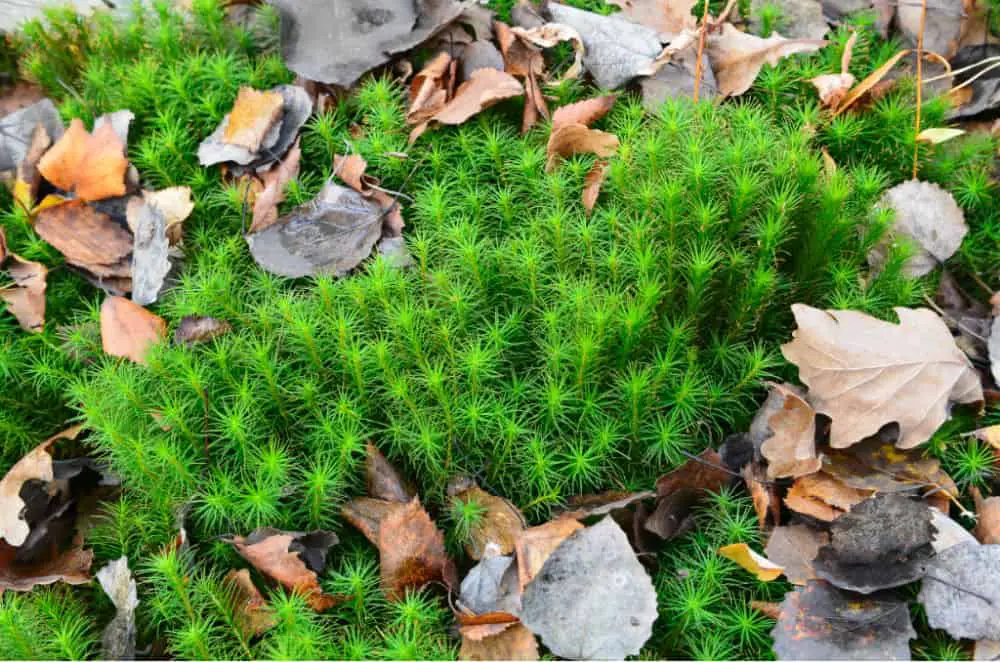
This popular soil is inexpensive and lightweight, making it suitable for rearing snails. Sphagnum moss grows on top of the bog and harvested when alive. It’s then dried to make it ideal for snails. It’s easy to penetrate through, making it easy or snails to dig in.
It’s suitable for snails because it reduces pests. Some pests are harmful to snails. If you want your pets to live comfortably and safely, then sphagnum is an ideal substrate. More so, it holds the moisture incredibly well. You can reuse it easily by rinsing.
Snails live on or in the soil. Hence, the soil should be suitable for both. In this case, Sphagnum is ideal since snails will love burrowing under it. When it’s used with other substrates, your pet snails will tunnel into it easily.
You should note it tends to dry faster than peat. For this, ensure you water sphagnum moss regularly. It might also worsen the issues of termites. Treat or replace it often.
Important Things to Note About Soils for Pet Snails
Unsuitable Types
When raring land snails, there are substrates you shouldn’t use:
- If the snail does not allow snails to burrow or dig to lay eggs, it’s not suitable for your pet.
- Some of these substrates also lack the needed nutrients and calcium, which helps develop shells. They include leaves, fish gravel, hay, pine shavings, pelleted food, sawdust, shredded aspen, animal beddings, and corn cobs.
- Any substrate that snails cannot dig in, or harmful if ingested, salty, acidic, or anything that will cause dehydration is unsuitable for your pet snails.
- When the soil is heavy and too wet, for instance, clay, It inhibits the snail from laying eggs. And if any case the snail does lay eggs, the survival rate is low.
- Snails cannot live in loose soil, for example, sandy soil. Sandy soil doesn’t hold enough water, it’s important that the soil is moist enough to allow the snail lay eggs.
If a snail is not on the soil, it’s in the soil or on plants. Meaning, good soil will also support the growth of vegetation for snails to feed on. Snails need large amounts of calcium to grow their shells. So if the soil is packed with calcium your pet snail will grow stronger shells.
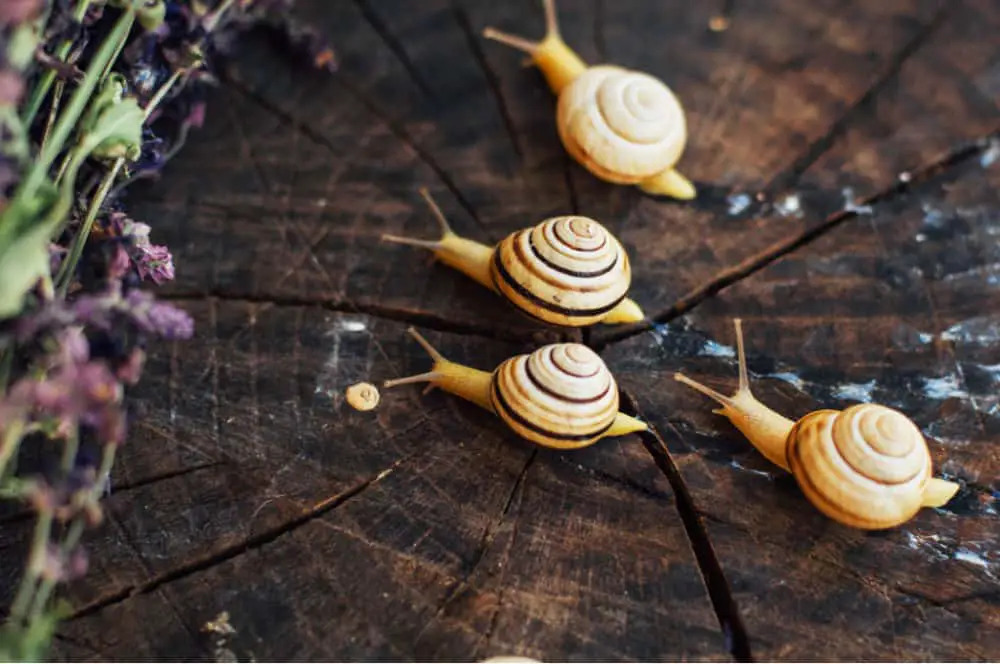
Recycling Substrate
Reusing the substrate will save you some bucks. However, it’s much healthier and easier to use fresh soil. You can add coconut fiber or peat moss, which helps soil hold nutrients and moisture and stay loose.
Pests and Diseases
Some soils such as potting soil harbors mites and other pests. Some of the pests are harmful to snails. You need to deal with these unsightly by ensuring you clean the tank. For instance, Phorid and fruit flies thrive in damp conditions with food on the soil. You can get rid of them by either sterilizing the soil or disinfecting the tank.
Little white birds are harmless and feed on decaying plants. However, they thrive in conditions detrimental to your pet snails like rotting food matter on the old substrate, poor ventilation, and waterlogged soil. If you see them, it means your ventilation and cleaning practices are wanting.
You can deal with pests by:
- Cleaning the tank regularly.
- Ensure you check for pests in the soil regularly and deal with the issues promptly.
- When feeding snails, put food in a clean, plastic dish instead of pouring it on the soil.
- Also, remember your snails need a regular bath.
With good soil and a clean environment, snails will rarely get sick. However, when they do, treating them becomes a difficult task. Some experts are still finding how to treat snails. Therefore, when you notice signs of disease, isolate them to figure out the issues.
Conclusion
Just like other pets, Snails should live in a safe and hygienic environment. The type of soil used should be moist, packed with nutrients, and not too hard.
As discussed in this article, there are many types of soils and substrates you can use. Whichever you choose, make sure it is suitable for your pet.

